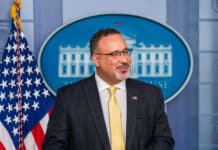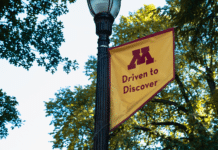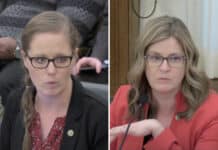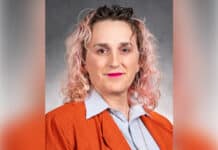ST. PAUL, Minn. — Gender toolkits have been approved by Minnesota’s Department of Education and could be rolling through local school districts as early as this fall.
As Alpha News reported in July, the toolkits which received support from Gov. Mark Dayton, lawmakers, and other influencers, would give teachers and administrators of school districts around the state a glimpse into the lives of students who identify as gender nonconforming or another gender other than their assigned sex at birth.
The toolkit acts as a non-binding guideline for school districts who seek to bridge the gap and encourage uniformity for all sexual orientations and identities – albeit a small section of the K12 population.
The Star Tribune reports that of high school students in Minnesota, approximately three percent identify as gender nonconforming or transgender per a study by the University of Minnesota Medical School published in the Journal of Adolescent Health.
The numbers vary drastically from the UCLA School of Law’s Williams Institute which finds the number of students in the United States who identify themselves to be transgender at 0.7 percent, while those over 18 years-old are slightly lower at 0.6 percent.
The study, which was published in January notes that while adolescents (13-17) make up approximately eight percent of the United State’s total general population, 10 percent of that age range identify as transgender.
However, the Williams Institute study on a state-by-state level, projects higher totals than the study by the University of Minnesota.
The UCLA Law School study focuses on totals of its state-by-state breakdown on the entire country by age demographics.
The study notes that approximately 3,000 or 0.85 percent 13-17 year olds from Minnesota who identify as transgender is based on the national totals of those who identify as transgender within that age group. Whereas 24,250 individuals or 0.60 percent of adults are based on the U.S. totals of individuals 18 and older who identify as transgender, come from Minnesota.
The study from the University of Minnesota School of Medicine surveyed 81,855 students from ninth and 11th-grade in 2016. The study notes 2.7 percent or approximately 2,211 students in Minnesota identify as either transgender or gender nonconforming, meaning Minnesota has an even smaller adolescent transgender community than the projected totals identified by the University of Minnesota and Williams Institute.
Meanwhile, the gender toolkit, although not mandatory, suggest that schools with students as young as five implement policies that would encourage gender separation based on identity, not biology. Schools would have the right to segregate students who do not subscribe to the same thinking or feel uncomfortable sharing a room, changing in a locker room, or using the bathroom by placing them in a separate, but individualized facility.


















